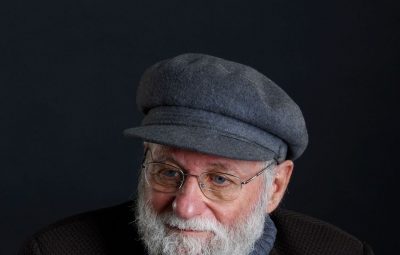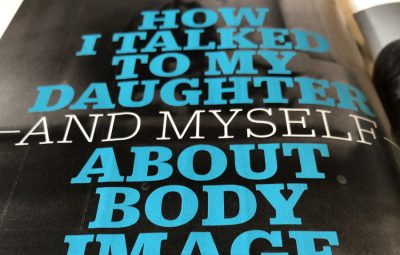Advances in healthcare technology are revolutionizing the management of diabetes. Continuous glucose monitoring systems paired with automated insulin delivery pumps mean repeated finger sticks, blood testing and self-administered insulin injections are quickly becoming things of the past.
While on one hand automation means freedom—giving some diabetics more options to fit their busy lifestyles than ever before—it also brings new issues for patients and caregivers alike. One of these issues is trust.
 (DIY Designer OpenAPS “rig” – Courtesy of OpenAPS founder Dana Lewis)
(DIY Designer OpenAPS “rig” – Courtesy of OpenAPS founder Dana Lewis)
A new partnership between the UC San Diego Design Lab and Dexcom is tackling the trust issue with a pilot project that aims to understand, measure and design for trust in healthcare automation.
“Rapid technological advances in the automation of insulin delivery offer tremendous promise for people living with the disease. Engendering the right level of trust in these new technologies is critical,” said Tomas C. Walker, Senior U.S. Medical Director with Dexcom. “Dexcom is committed to improving the lives of people living with diabetes and we are proud to partner with UCSD on this project.”
Medical Technology Designed for People
The team, led by Eliah Aronoff-Spencer, director of the Center for Health Design, Design Lab fellow Lars Mueller and Ben West, a project manager at Dexcom and diabetes patient himself, is re-thinking how healthcare technology is designed.

“When we speak of trust in relation to healthcare automation, we mean the willingness to rely on a device, accepting some vulnerability, with the expectation of a positive outcome,” Mueller explained. “Technology is unlikely to be used if not trusted. We have to understand and measure how trust is formed to build systems that not only work, but are used in the complexity of daily life.”
To do this, they are integrating human-centered design methods that place the needs of people at the forefront. The first step is listening to diabetics to understand their daily challenges, as well as what’s working.
During the first year of the pilot project, Aronoff-Spencer and Mueller are busy in their lab at the Qualcomm Institute gathering and analyzing feedback from dozens of patients, their families, caregivers and others. Once finished, they will begin creating and delivering the next generation of user-centered products alongside Dexcom.
“People struggle with this disease every day. And while our ultimate goal is to cure diabetes, which will take time, the next best step is to make it as manageable and invisible as possible,” Aronoff-Spencer said. “Delivering technology that works with people, and that people trust will work for them, is a significant step forward and one that’s incredibly exciting.”
For more information on this project and the Center for Health Design, visit http://c4h.ucsd.edu/.






